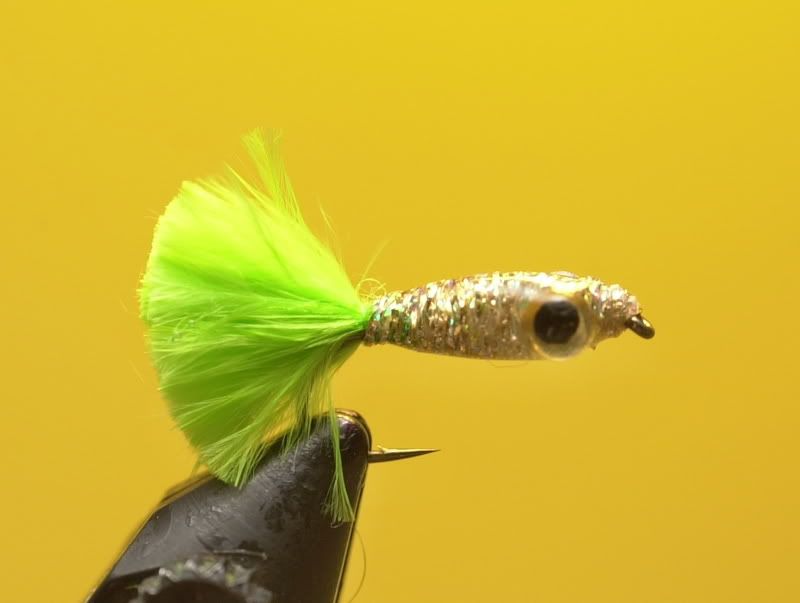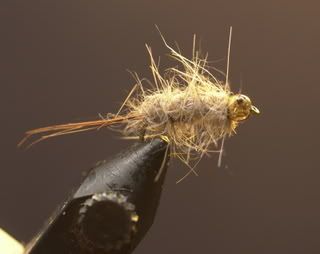Do you love big bluegill?
Replies to This Discussion
-
I love the 1/32 ounce jig head, with a black and green twister tail. Bass Pro Shops makes a really good one that stands up to lots of bluegill hits before it falls apart. I also like small rooster tails. Yellow is a favorite color of mine. Another good one to use is the tiniest little Rapala. I think it's a number 3. If you drag that thing near a big bull bluegill he'll hammer it!
-
small crappie jigs. i am a big white fan. but you cant forget to add a piece of nightcrawler on it.
-
I like to fish the old fashioned way I have never used lures for bluegill or crappie maybe I will try something new, who knows i might like it.
-
1/16th ounce jig head with about a two inch chunk of plastic worm body, when they are deep. I swim this just off the bottom as slow as I can. Panther martin or rooster tail spinner 1/8 ounce when they are shallow.
-
This is a tuff one for myself to settle on.
Being a deep water, verticle jigger 80% of time, I'm going to have to go with a 1/64 jig - either a jighead tipped with some form of larvae, or a hair jig.
Lure size tends to change as the seasons change for us - different situations call for different presentations, which directly effects our choice of jig size.
The majority of the fish we (my sons and I) have access to max out between 9-10". The wonderful state of Pa puts more time and effort into suppling ready-to-catch trout then our warm water fishery, so panfish management takes the third row seat. Real bummer for us enthusiasts.
-
I have a large collection of lures for Big Bluegill, here's a few
OLD bass magnet crankbaits 1/10
Old WEE shad crankbaits (medium runner)
Lucky craft 50mm humpback minnow (suspending)
small rebel minnows (baby bass)
Popeye jigs (tipped with plastic or live bait)
1/32 roadrunner jigs black marabou
-
Good question! For my girls, they are still in the worm and bobber stage of gill fishing. Myself, I use a 1/64th oz jig head inside a black/green tube jig.
-


I like to use No. 10 poppers, gold beadhead nymphs and my Myakka Minnow. Fishing the surface is great, but when the bites slows, I go deeper and pays off big time.
I use a strike indicator with the nymph and sometimes with the Myakka Minnow.
-
Those pictures, and the flies look very professional!
-
At times in deeper water, a 1/16 oz jighead tipped with a 1/3 nightcrawler works well.
But most of the time, I prefer to fly-fish for bluegills. It is a VERY effective way to fish small offerings slowly, which is KEY for bluegills. Small foam poppers when the 'gills are shallow is a great and fun presentation. When they are deeper, small beadhead woolly bugger-style flies can usually reach them.
-
For me, bluegill enticement has a pretty narrow range.
By far, my most favorite and most effective lure is a #2 long shank gold or bronze hook with several redworms threaded onto it. Used all by itself on an lightweight rod with 4# test, I can get it out about 20-30 feet. I also use it with a 15-foot fiberglass telescoping "cane pole" (about $5 at Wal-Mart) that is fitted with about 15 feet of 4# test line. I just let it sink to the bottom slowly, and then gently pull it now and then. Sometimes I'll put a 1/16 oz or 1/8 oz splitshot sinker about 12 inches above the hook. Very deadly for bluegill.
My next favorite is a floating jighead threaded with a piece of night crawler or several redworms. I put a small splitshot about 12-18 inches above the jig head, and very slowly retrieve it in short pulls. This works well in my pond, and it works extremely well in rivers like the Upper Potomac and the Shenandoah.
I almost never use bobbers, but now and then I'll use small foam "strike indicators." Even as a kid 50 years ago, I felt that bobbers really seem to spook bluegill.
Sometimes, I'll use a small silver colored "crappie spinner" with a #2 long shank hook threaded with a bit of night crawler or several red worms. It is effective for bluegill, bass, and crappie. I use it like a jig. I cast is out. I let it sink to the bottom. I then slowly pull it upward about 3-4 feet, and let it sink before I repeat.
My last real favorite includes small poppers or dry flies on a fly rod. These are really only effective when bugs are on the water, and the fish are hitting them But, there is nothing more fun.
© 2025 Created by Bluegill.
Powered by
![]()
